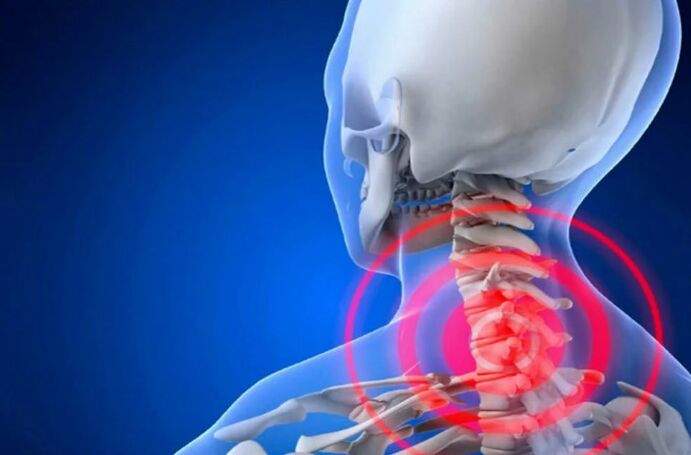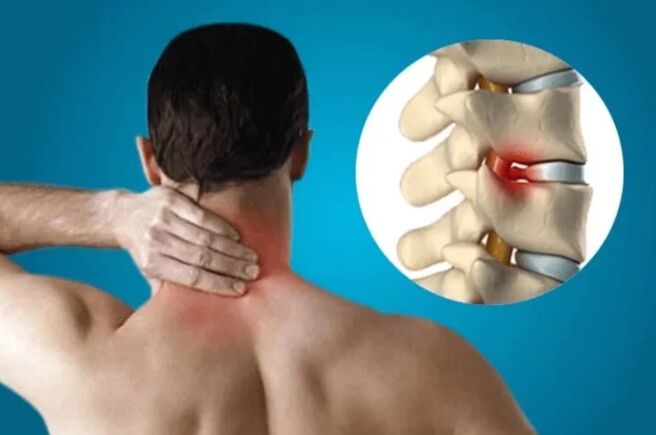Cervical spine osteochondrosis occurs due to pathological changes in intervertebral discs. They weaken, become thinner, lose elasticity, ceasing to protect the beads from damage and lose the ability to provide them with sufficient mobility. The main risk of cervical osteochondrosis is that the disease affects the nerve endings of the spinal region, due to which there is a violation of blood supply to the brain.

Types and classification
Some stages of osteochondrosis of the cervical spine are distinguished:
First: Initial changes in the intervertebral disc cartilage fabric;
Second: the onset of discussion of the disk, a decrease in the distance between the vertebrae;
Third: Disk destruction, beginning of spine deformation;
Fourth: strong spine deformity.
Causes
The main cause of cervical osteochondrosis lies in the spine structure in the area. All the beads here fit one -tightly and easily move even with small loads.
Given how removable the cervical region is, it is not surprising that the disease is so widespread.
Provoke the onset of the disease:
Congenital anatomical features (in people with a long neck, osteochondrosis occurs more often);
violation of mineral solubility;
hormone deviations;
lack of sufficient muscle lanes in the neck and shoulders;
Hippodinami;
Cervical injuries;
hypothermia;
behavioral disorders;
Excess weight.

Symptoms
Often the first symptom of cervical osteochondrosis is a headache. It can be very strong, flowing like migraines, accompanied by dizziness and dementia.
The appearance of "flies", dark spots, cloudings in front of the eyes and a decrease in vision are characteristic.
Neck pain with this disease gives the back of the head, forehead, ears, it intensifies when the head position changes.
Hand numbness is often marked.
There is noise in the ear, hearing loss.
A violation of movement coordination, diminishing may occur.
Troubleshooting
To identify the osteochondrosis of the cervical spine, they perform:
radiography that determines the condition of the vertebrae;
calculated tomography, to identify disk damage;
Dopplerography that creates blood flow disorders;
Double scan showing the condition of blood vessels.
Treatment
As an ambulance for cervical osteochondrosis, painkillers and anti -inflammatory drugs are needed. Depending on the strength of the pain syndrome, local medicines (ointments and gels), tablets or injections are used.

Also named:
Vitamin therapy (group B vitamins);
medicines that relieve muscle spasm,
Chondroprotector;
physiotherapeutic procedures (electrophoresis, paraffin, magnetotherapy and others);
Medical gymnastics;
Massage and self -Mase.

























